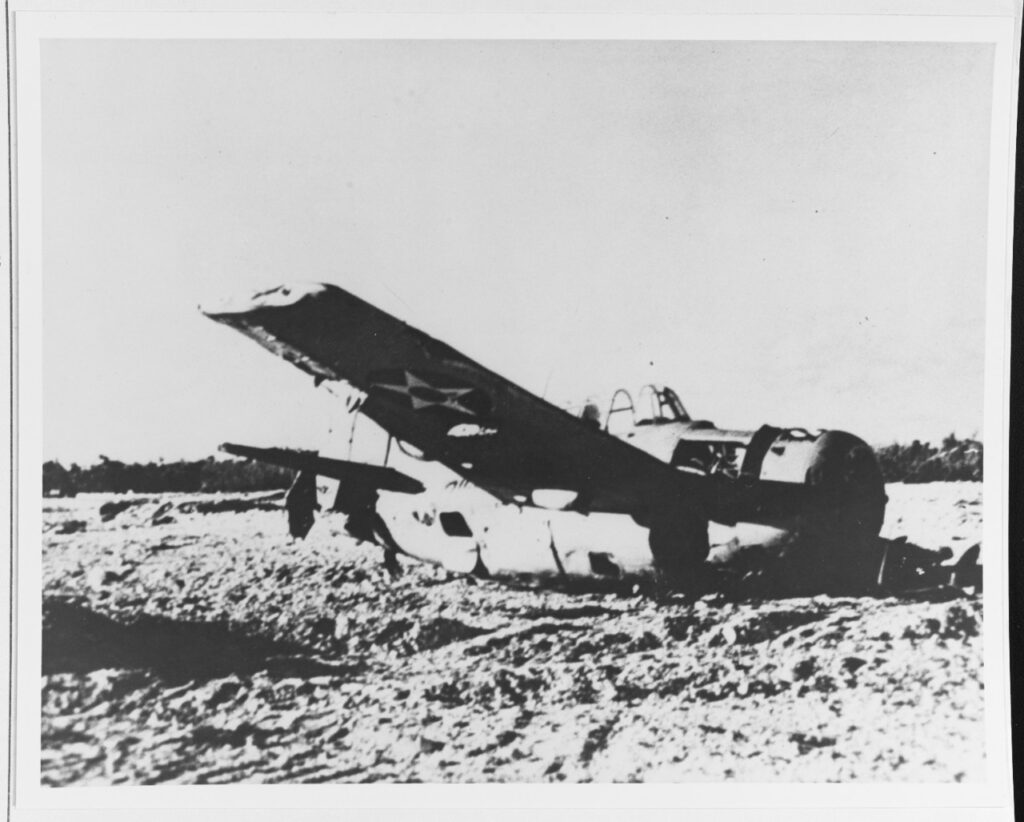
ARLINGTON, Va. — Marine Corps Stand-In Forces are needed in the contested sea lanes and littorals of the Western Pacific as the leading edge of a maritime defense-in-depth that can disrupt the plans of potential adversaries, according to the Corps’ commandant.
The Marine Corps recently released A Concept for Stand-in Forces, which maintains that small but lethal, resilient, forward-postured forces, operating in contested areas — capable of transitioning rapidly from competition to crisis to conflict and back again — can extend the reach of the fleet and joint force.
Depending solely on a stand-off force of large vessels 1,000 miles away from China “works right into their strategy,” Gen. David Berger told a Dec. 14 virtual “fireside chat” with the Center for New American Security, a Washington think tank. “They’ll be exactly where they want to be five years from now.”
The People’s Liberation Army Navy likes to build a bubble or shield within a contested area, Berger said, and “push it way, way out and then operate without being seen. That’s perfect for them. That’s what happened in the South China Sea.”
That’s why a stand-in force of small, highly mobile Marine expeditionary units, dispersed in contested areas by numerous smaller, cheaper, low signature surface vessels is necessary, Berger said. “How are you going to sense what’s in front of us every day? How are we going to assure our partners and allies? We have to be there, up close and forward”. The concept paper said Stand-In Forces would be supplied by expeditionary advanced bases.
Berger was asked how such forward-deployed units, even armed with long-range precision fires, could avoid a fate like the advanced naval and air base at Wake Island, which fell to the Japanese 80 years ago.
“Wake Island only happened because we couldn’t see it coming early enough. We have to be forward as a Stand-In Force. We have to be the eyes and ears of the joint force,” Berger said.
Wake Island, an uninhabited atoll in the Central Pacific, more than 2,000 miles west of Hawaii, was home to a half completed aircraft and submarine base in early December 1941, as war with Japan threatened. Wake was defended by an understrength battalion of 449 Marines, a handful of Navy and Army personnel and a dozen Marine Corps Grumman F4F Wildcats, all but four of them destroyed in a Japanese air raid just hours after Pearl Harbor was attacked. The base had no radar equipment.
Marine shore batteries and the remaining Wildcats repulsed a Japanese naval assault on Dec. 11. Two Japanese destroyers and a submarine were sunk, 21 aircraft shot down and several other Japanese vessels were damaged. However, Wake Island’s defenders were overrun by a second naval assault and surrendered on Dec. 23, 1941. Before the surrender, a Navy task force sent as relief mission to Wake was recalled under still controversial circumstances.
“The chance of a 21st century Wake Island goes up if we do not have the ability to do sensing forward, the ability to strip away an adversary’s eyes and ears,” Berger said, calling for reconnaissance measures that would also counter Chinese surveillance efforts. “The balance of sensors has to be from the satellite all the way down to terrestrial. All of it, so that nothing happens in front of us without us knowing it, without us understanding it.”
“The Stand-In Force that we’re working on isn’t just Marines,” the commandant said. It could also include the Coast Guard and Special Operations, he said. “It could be the subsurface fleet, allies and partners — all of them forward — and Wake Island doesn’t happen.”
- Shall We Play a Game? Winning Isn’t the Point, Experts Say - April 5, 2023
- U.S. Goal: Maintaining Extended Presence in Arctic’s Harsh Environment - April 4, 2023
- Joint, Combined Exercise Shows Marine Littoral Regiment Idea is on ”Right Track’ - February 24, 2023






